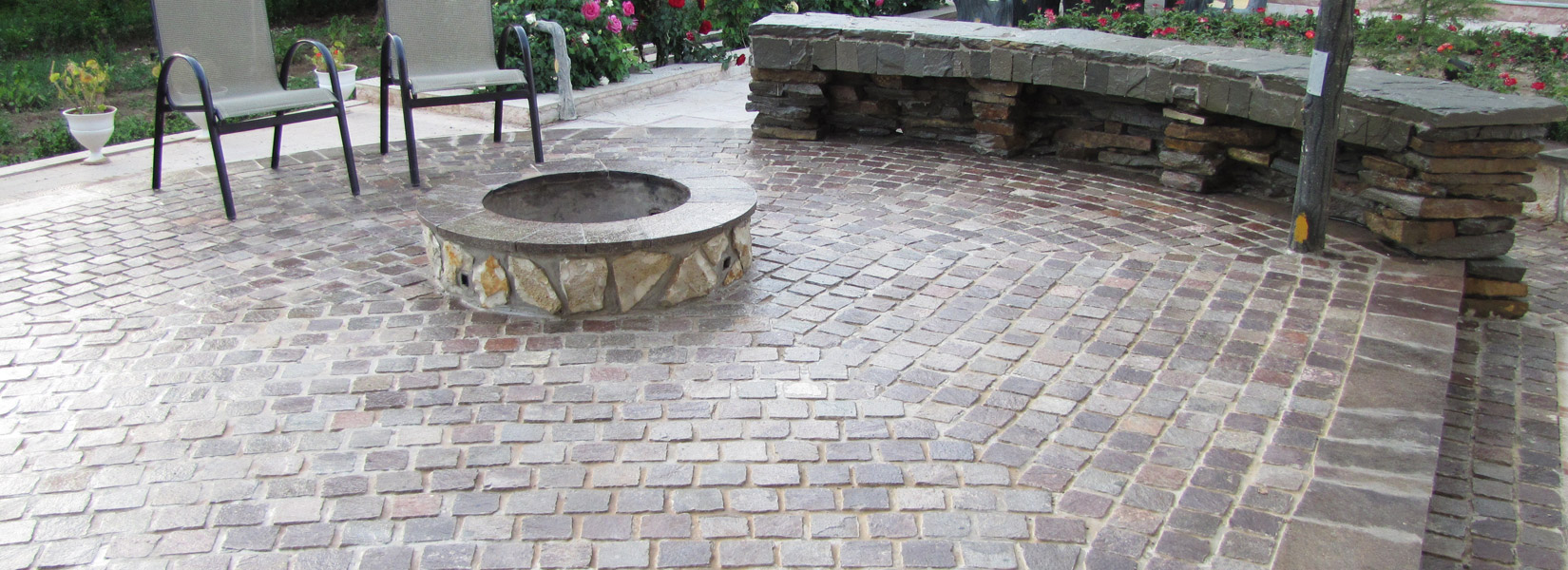
Porphyry Stone
Inspirational beauty
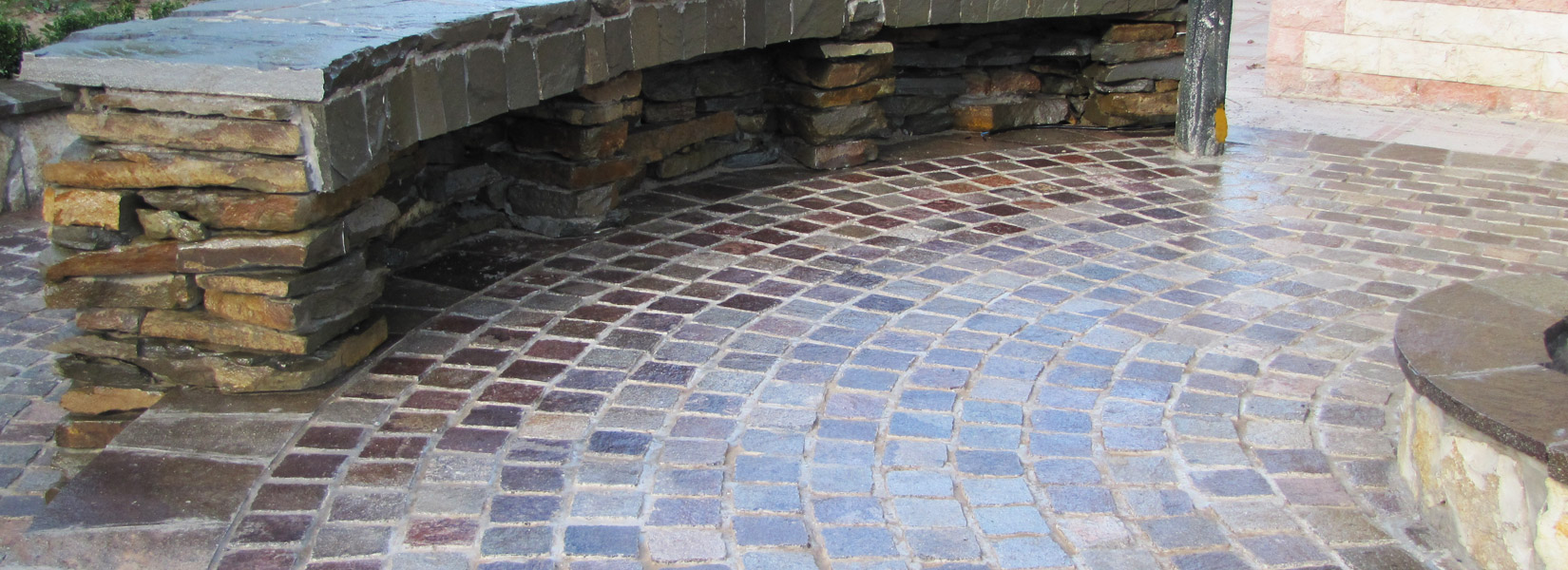
Porphyry Stone
Inspirational beauty
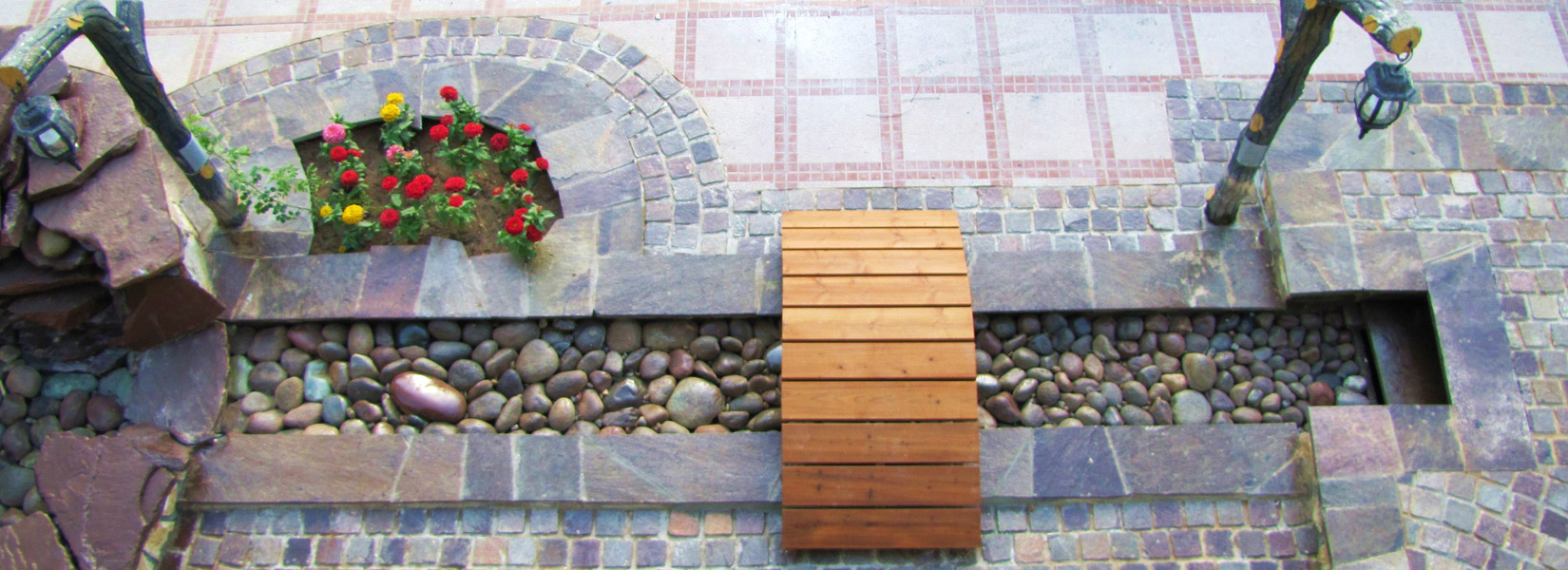
Porphyry Stone
Inspirational beauty
Porphyry is a textural term for an igneous rock consisting of large-grained crystals such as feldspar or quartz dispersed in a fine-grained feldspathicmatrix or groundmass. The larger crystals are called phenocrysts . In its non-geologic, traditional use, the term "porphyry" refers to the purple-red form of this stone, valued for its appearance.
Subsequently, the name was given to any igneous rocks with large crystals. The adjective porphyritic now refers to a certain texture of igneous rock regardless of its chemical and mineralogical composition. Its chief characteristic is a large difference in size between the tiny matrix crystals and the much larger phenocrysts. Porphyries may be aphanites orphanerites , that is, the groundmass may have invisibly small crystals as in basalt , or crystals easily distinguishable with the eye, as in granite . Most types of igneous rocks display some degree of porphyritic texture.
The term porphyry is also used for a mineral deposit called a "copper porphyry". The different stages of cooling that create porphyritic textures in intrusive andhypabyssal porphyritic rocks also lead to a separation of dissolved metals into distinct zones. This process, which occurs primarily when fluids are driven off the cooling magma, is one of the main reasons for the existence in the world of rich, localized metal ore deposits such as those of gold, copper, molybdenum, lead, tin, zinc, rhenium and tungsten. This enrichment occurs in the porphyry itself, or in other related igneous rocks or surrounding country rocks, especially carbonate rock (in a process similar toskarns). Collectively, these type of deposits are known as "porphyry copper deposits".
To extract the stone, black powder explosives are used at the base of a stone wall ranging from 15 to 40 meters in height. After the material is freed and falls to the quarry floor, it is separated with Caterpillar loaders. The first worker to handle the stone has the difficult and important task of splitting the stone to the maximum thicknesses given by nature. This is critical and the most important difference in quality, because if not done properly, freeze/thaw cycles can split the stone after it has been set. From there, workers use hand tools or splitting machines to bring the stone pieces to their final dimensions, and it is loaded directly onto a palette. The waste level in the quarry runs between 40 and 60%.
Porphyry Stone Pavers Overview
PORPHYRY STONE PAVERS APPLICATION
Meanwhile, they are also the preferred materials in pool decks, walkways, and jogging lanes. These are areas that are constantly frequented by people who run the risk of an accidental slip-and-fall accident. Pool areas are particularly risk magnets because they are constantly wet, but any untoward slippage incident can be avoided by using porphyry.Other uses of porphyry pavers are in patios and garden edges. These are areas that are meant to effectively make any property stand out aesthetically. Fortunately, there are practically dozens upon dozens of design themes that property owners and contractors can choose from and achieve.
Additionally, porphyry can also be used for speed bumps, road paving, pedestrian crosswalks, and many other public areas. These are spots where it is important to have great traction, and because porphyry is skid-resistant, it is an excellent material of choice. It can prevent accidental vehicle skidding and pedestrian slip or fall accidents. Aside from these, porphyry stone pavers can also be used as decorative and sturdy cladding materials for walls, outdoor kitchens, and outdoor fire features.
Colour in Prophyry Stone
The profusion of purple, violet, red and green colours is prevalent in porphyry stone. Other colours include gray, reddish-brown and a tone of oxidized zinc. The mostly warm colours rich in soiled tanning are the most famous and spectacular features of these stones and create an Imperial beauty when laid on the ground

Resistance and durability
Since this stone is the only type of igneous rock consisting of large-grained crystals such as quartz dispersed in a fine grained groundmass, it is incomparable to other stones as regards its superiority with respect to the high resistance it exhibits against climatic fluctuations of very warm to the very cold showing no alteration in its composition or its appearance, making it one of the most liked and economical materials for construction purposes.

Suitable Friction skid) – resistant )
The porphyry stone is the only slate stone with a flat but skid-resistant property. One of the natural characteristic of the porphyry is that you can walk on its flat surface with much ease and comfort without ever being worried to slip or skid. Wheelchairs and other trolley - like vehicles can easily be used on it even when it has rained. It is also incredibly safe for the blind, the elderly and toddlers. Your shoes too will like it.

Different Uses
The porphyry, by its very nature and looks, is reminiscent of the antiquity but used as it is in the modern architecture, reflects a most pleasing feeling of modernity . It is invariably used in old and new crowded public streets, pavements, parking lots and passageways. It is produced in different cubes and thickness suited to the customers needs and demands.
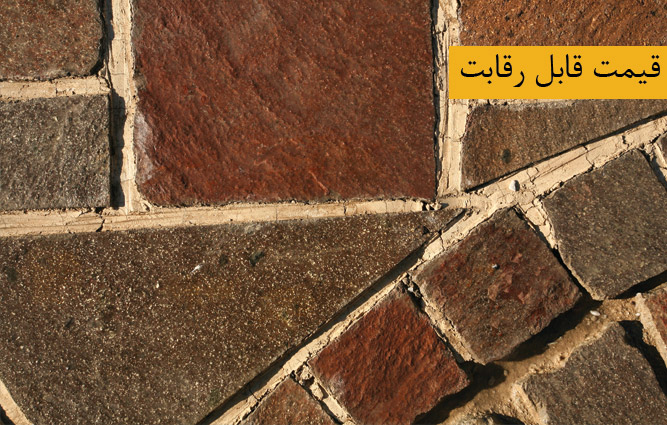
Competitive Prices
With respect to the porphyry stone’s privileges such as its strength, beauty, durability, lack of total wastes, high tolerance, moderate expenses for design and implementation as well as packaging and delivery, which make it a very cost effective commodity, it is very favourable with principals, clients and contractors

No peeling or erosion
Unlike many of the sedimentary, lime stones which exhibit peeling or corrosion a short time after use, the porphyry is highly resistant to various climatic conditions and show no change on its surface.

Natural Colour Tolerance/ steadfastness
The variety of its natural colours as well as giving it physical beauty creates a sense of oneness with the nature and provides a natural harmony between man and nature. Its colours are fast and do not change with the passage of time
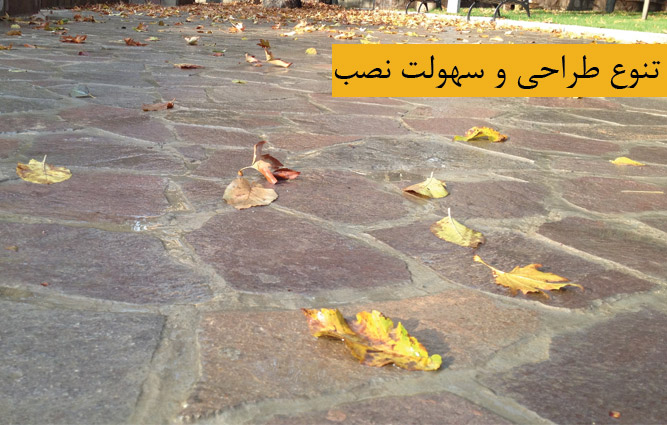
Variety of Design and Ease of work
The interesting thing in working with porphyry stone is that it can be laid without any use of mortar. This advantage can give one the opportunity to utilize the laid/installed pieces over and over again with the minimum of expenses and with the least amount of damage to the material or the site. This can come in very handy when and if one plans or is forced to change the path of pipelines running under the construction. The stones can be easily removed and used again with almost no damage. Mortar may also be used if so wished which give it an extra beauty
